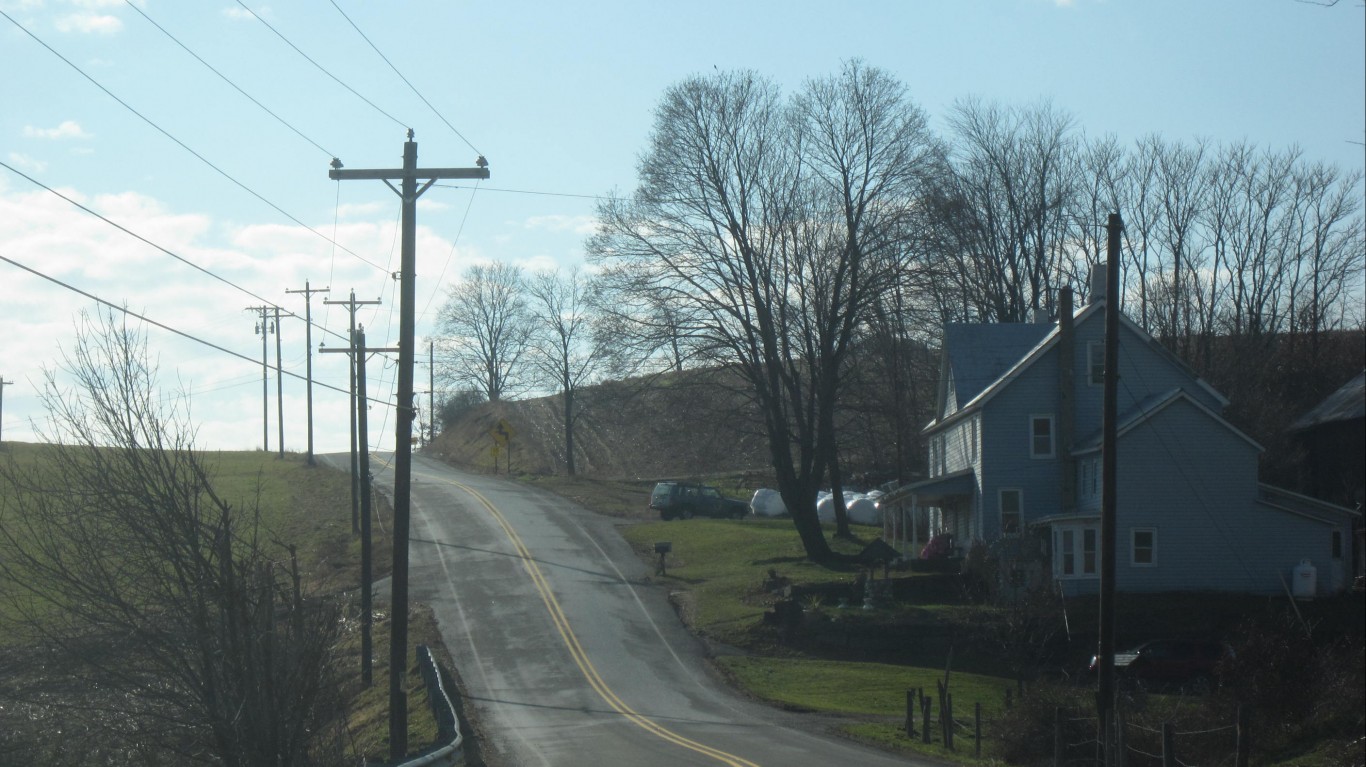Health and Healthcare
COVID-19: The Most Dangerous County in the Most Dangerous State

Published:

While the growth of COVID-19 across the United States has slowed, it remains a tremendous danger. The daily rise of confirmed cases has waned to under 100,000 from an amount much more than twice that three short months ago. New fatal cases per day now run as low as 1,000, which is much as three-quarters lower than the peak. Nevertheless, there have been 30,223,587 confirmed cases so far, which is about 25% of the world’s total. Fatal cases in the United States are at 550,726, or about 20% of the global figure.
Vaccination rates have risen quickly in the past three weeks. The Biden administration says it will have enough vaccine for all Americans by May 1. At this point, 26% of Americans have received at least one dose and 14% have been fully vaccinated. The Pfizer and Moderna vaccines require two doses, while the Johnson & Johnson version requires only one. Nationwide, 169,223,125 doses have been delivered and 130,473,853 have been given.
There are two challenges to further slowing the spread of the disease. The first is variants, some of which may spread faster than the version that infected most people from last January until recently. The Centers for Disease Control and Prevention (CDC) tracks three of these for the public: the B.1.1.7, B.1.351 and P.1 variants. These variants have been found in all 50 states, and epidemiologists say that there are many other variants as well.
The other challenge is the so-called opening up of parts of the United States. Texas, the second-largest state by population, is a case in point. The governor has dropped the state’s mask mandate and allowed a renewal of social gatherings and fully opened businesses. The media was filled with headlines about dangerous college student parties in Florida. Public health officials worry this may cause a fourth wave of the disease, and, indeed, cases are picking up quickly in many states.
Much of the reported data about COVID-19 covers raw numbers of deaths, recoveries, hospitalizations and confirmed cases. However, these figures do not allow people to compare places with very different population sizes. The solution is to report numbers on a per 100,000 person basis.
The New York Times measures coronavirus cases per 100,000 in the past seven days. The state with the highest number is New Jersey at 47. The hardest-hit county in the state is Sussex County with a figure of 64. This county is in the northern part of the state, west of New York City. New York City and most of New Jersey were areas hit hardest by the first wave of COVID-19 in March and April of last year.
According to the U.S. Census, Sussex County’s population is 140,488. Just over 85% of the population is white. With a median household income of $94,520, the county is affluent compared to the rest of the country. Its 5.2% poverty rate is well below the national level.
Click here to read about America’s worst COVID-19 hotspot.
Start by taking a quick retirement quiz from SmartAsset that will match you with up to 3 financial advisors that serve your area and beyond in 5 minutes, or less.
Each advisor has been vetted by SmartAsset and is held to a fiduciary standard to act in your best interests.
Here’s how it works:
1. Answer SmartAsset advisor match quiz
2. Review your pre-screened matches at your leisure. Check out the advisors’ profiles.
3. Speak with advisors at no cost to you. Have an introductory call on the phone or introduction in person and choose whom to work with in the future
Thank you for reading! Have some feedback for us?
Contact the 24/7 Wall St. editorial team.